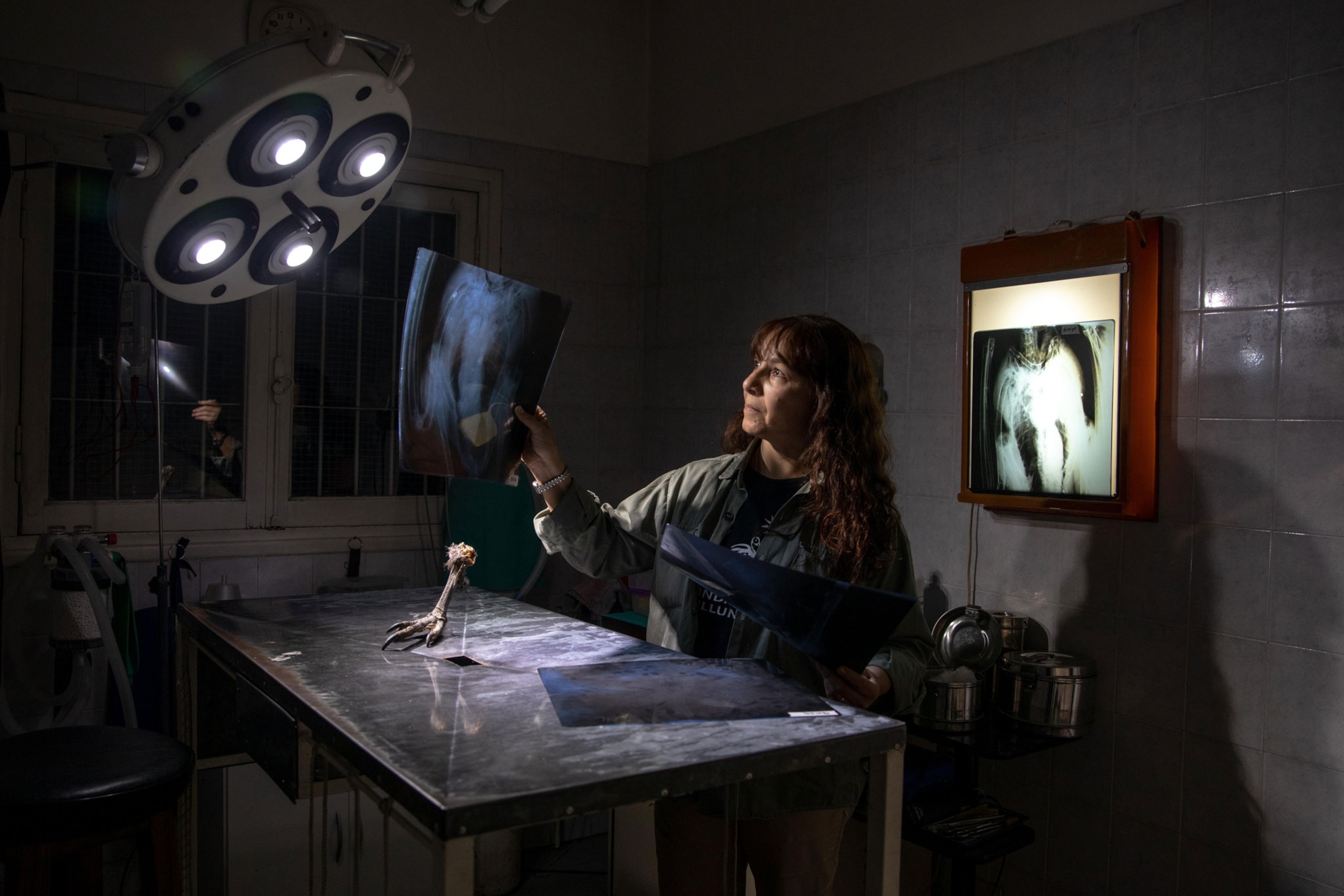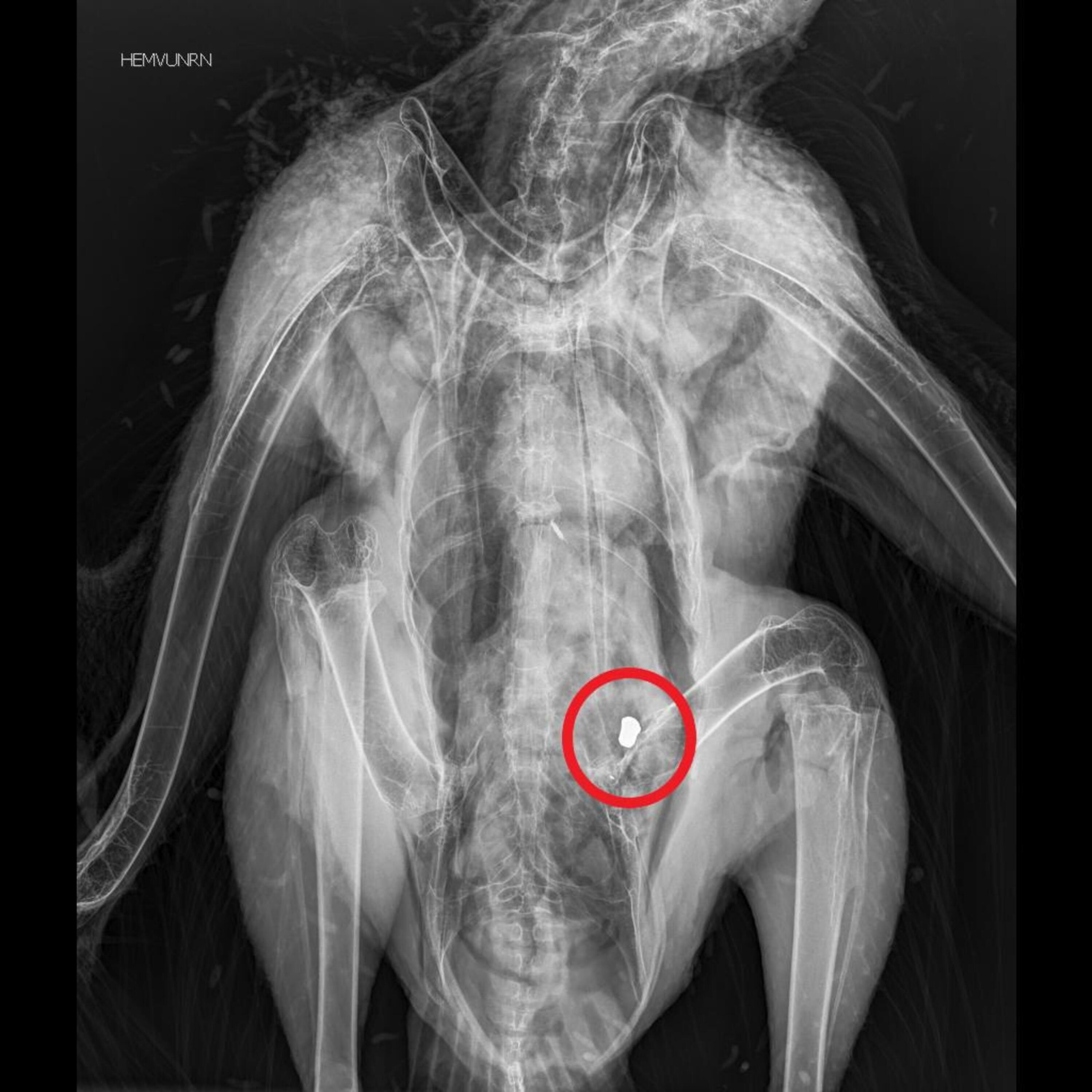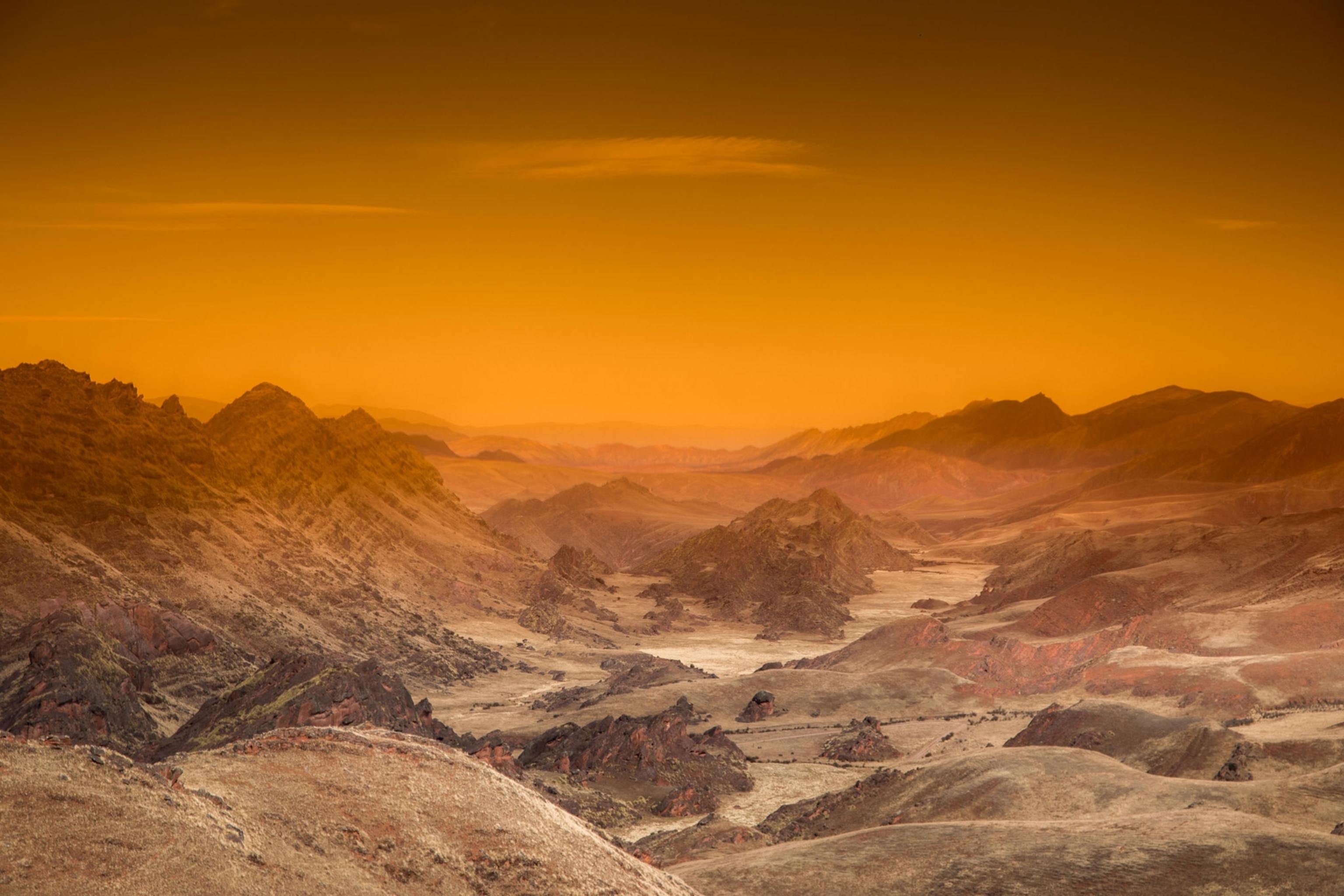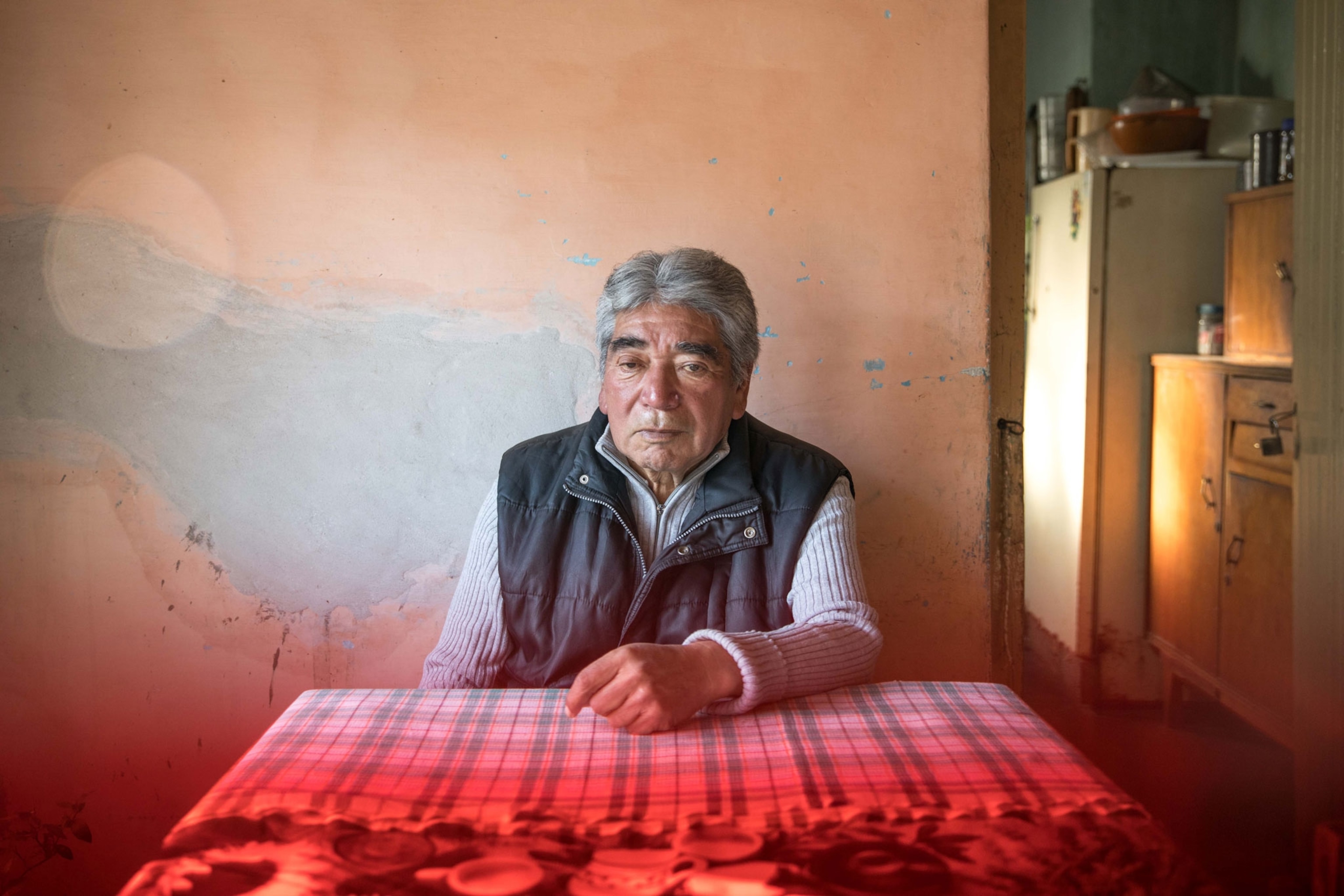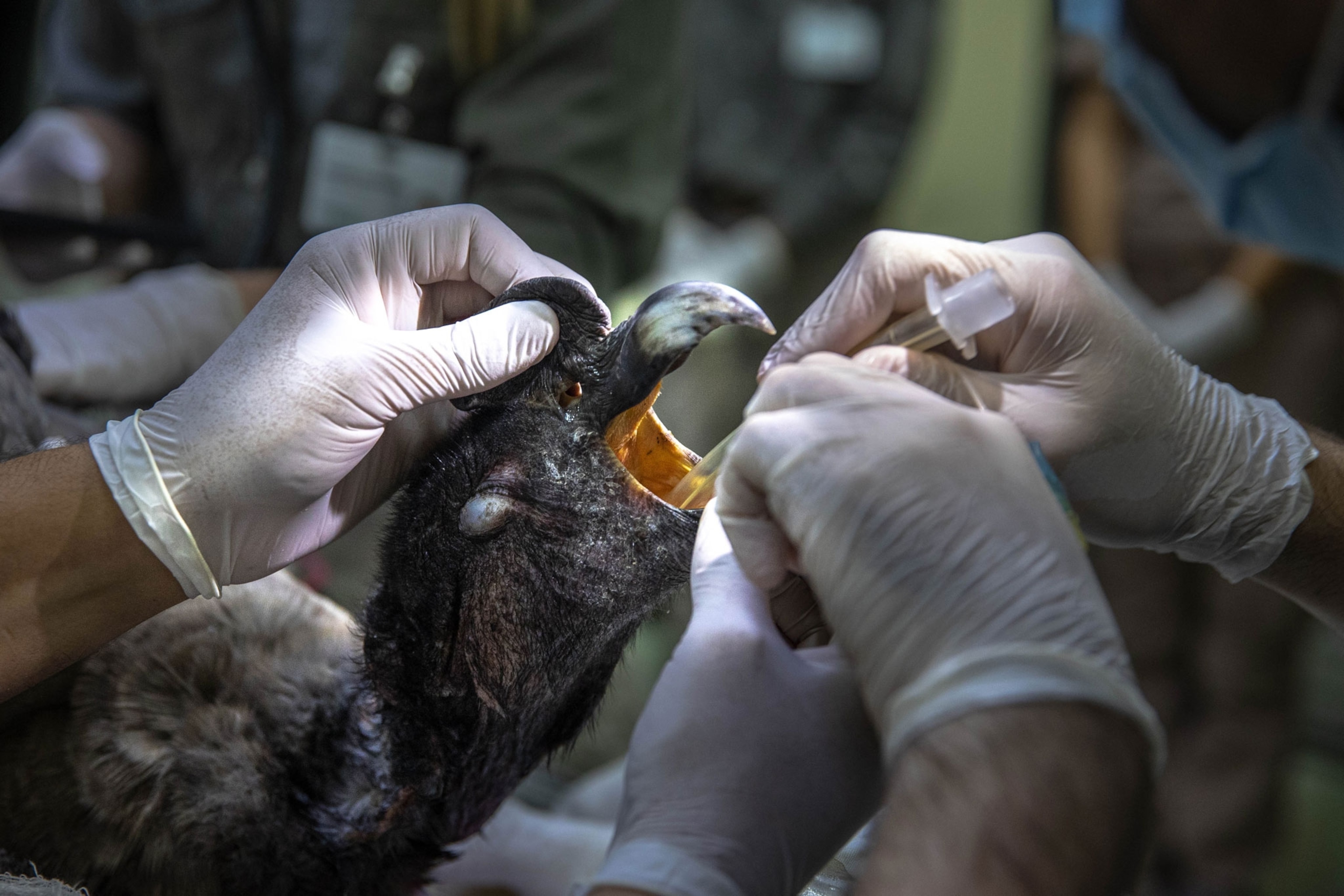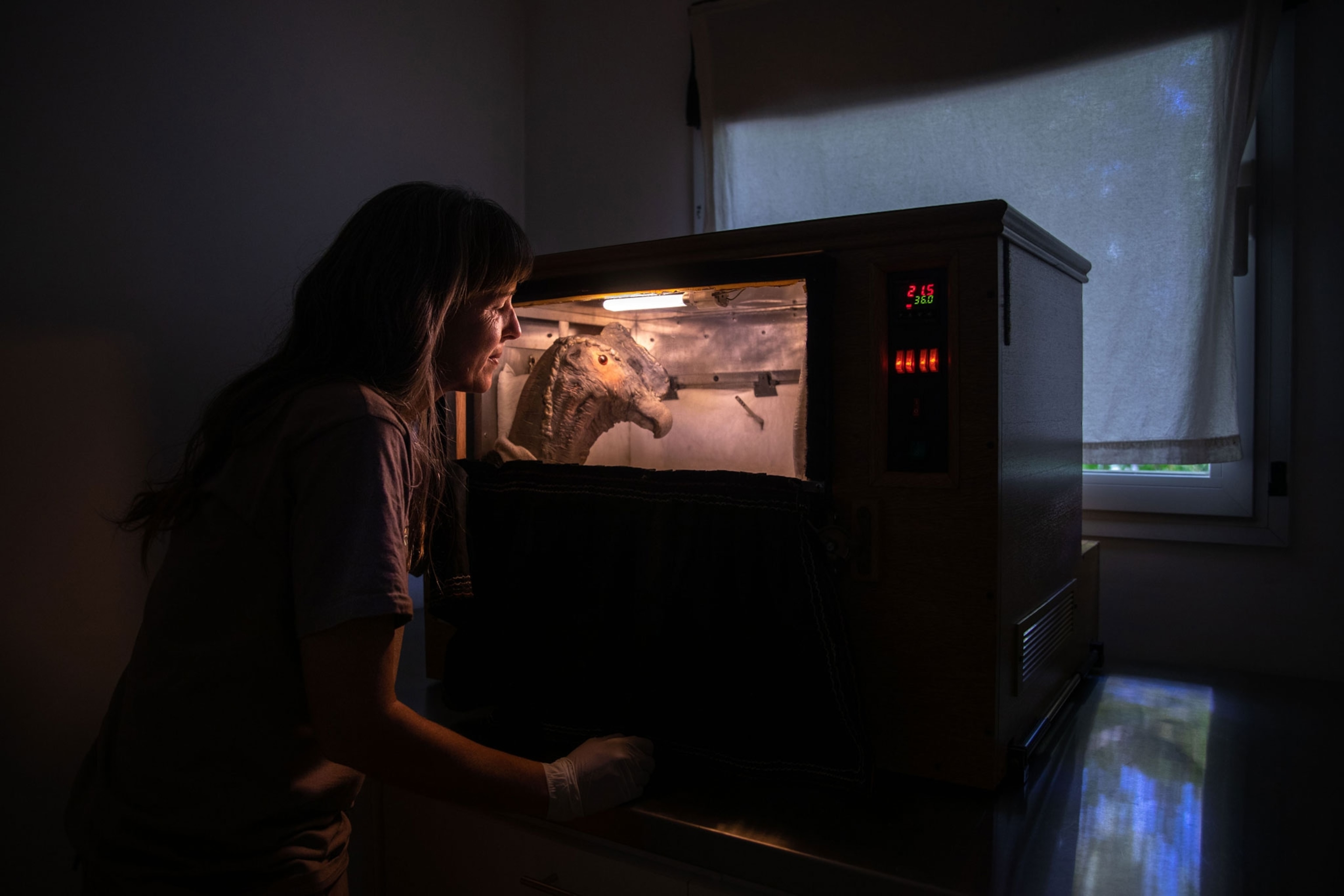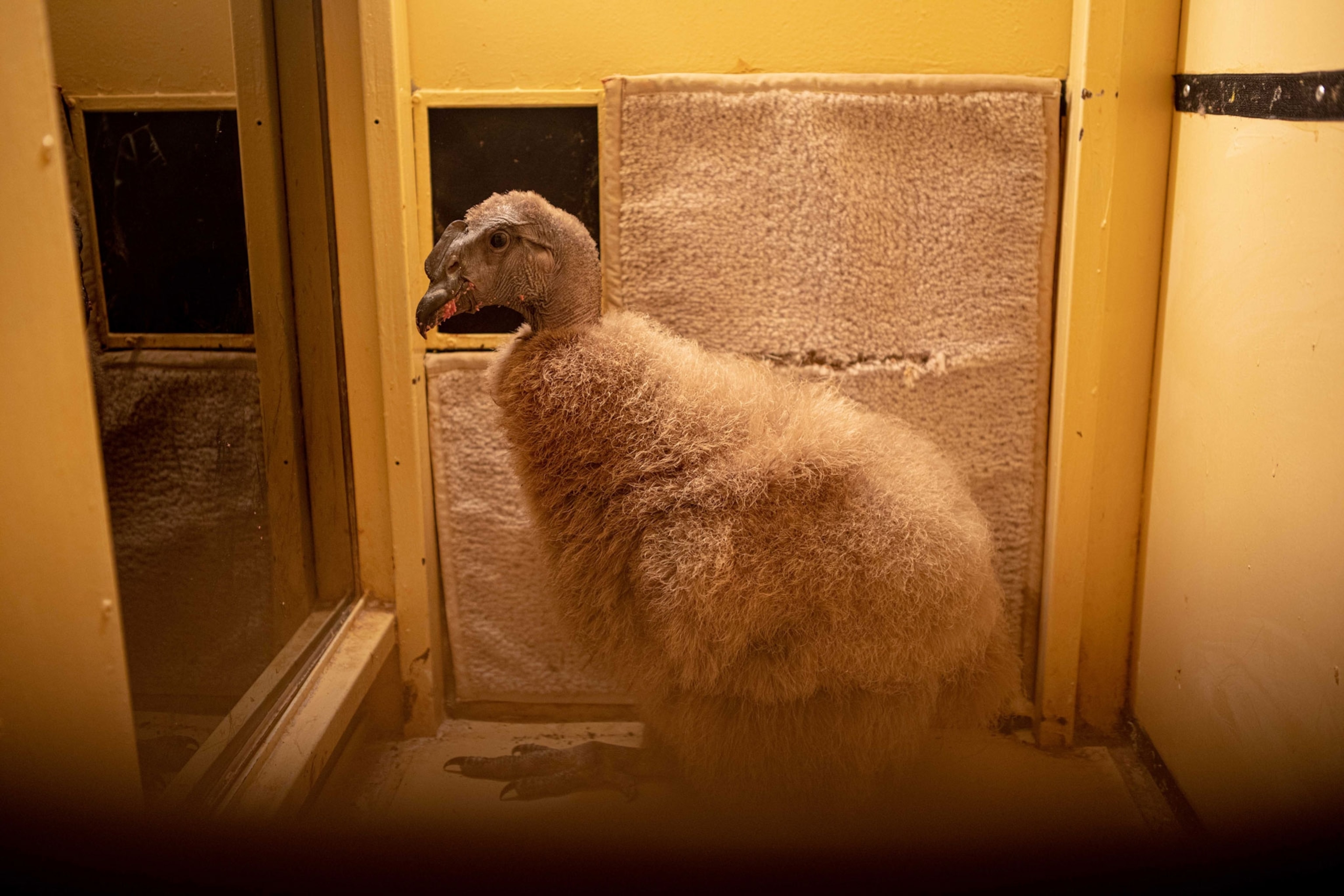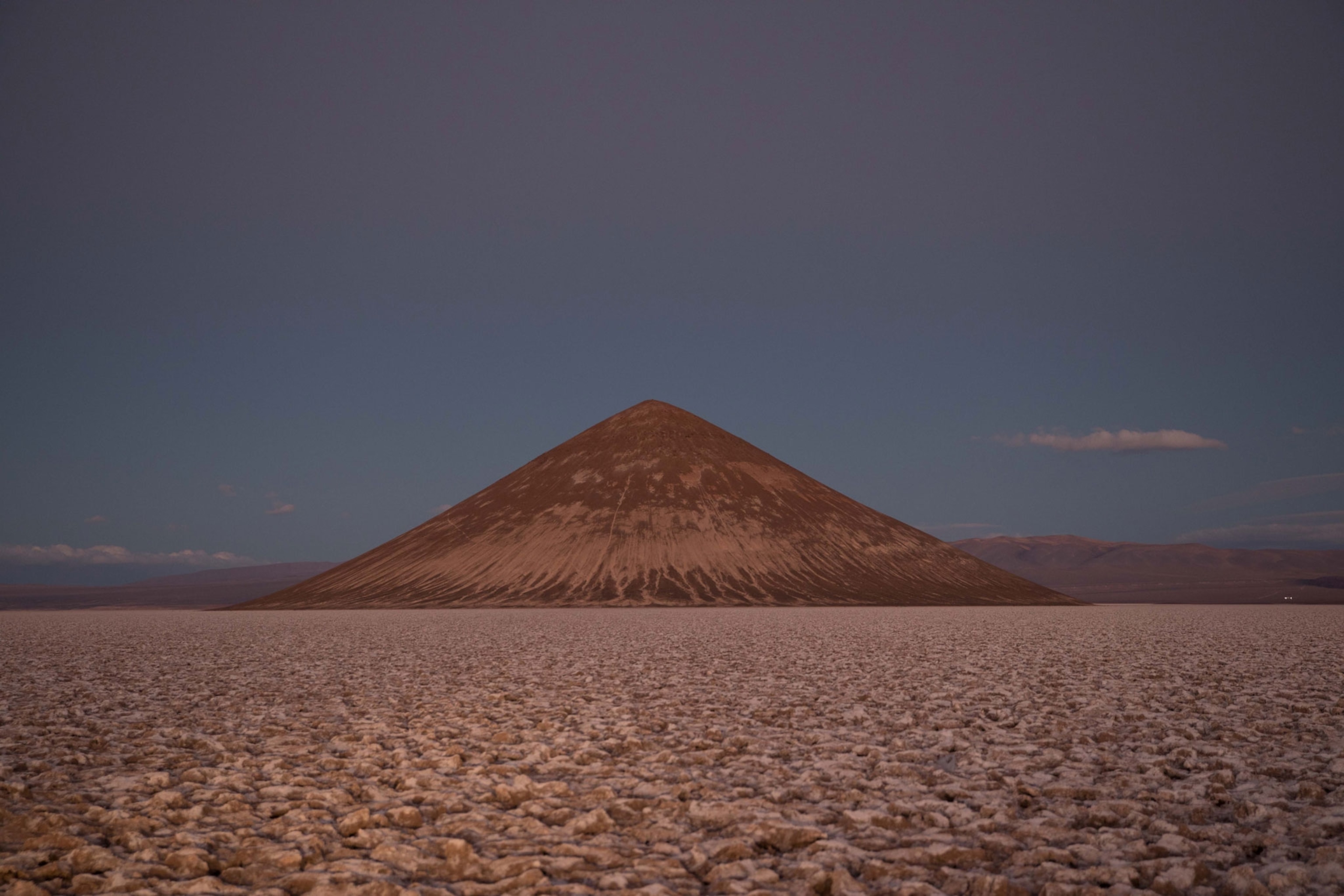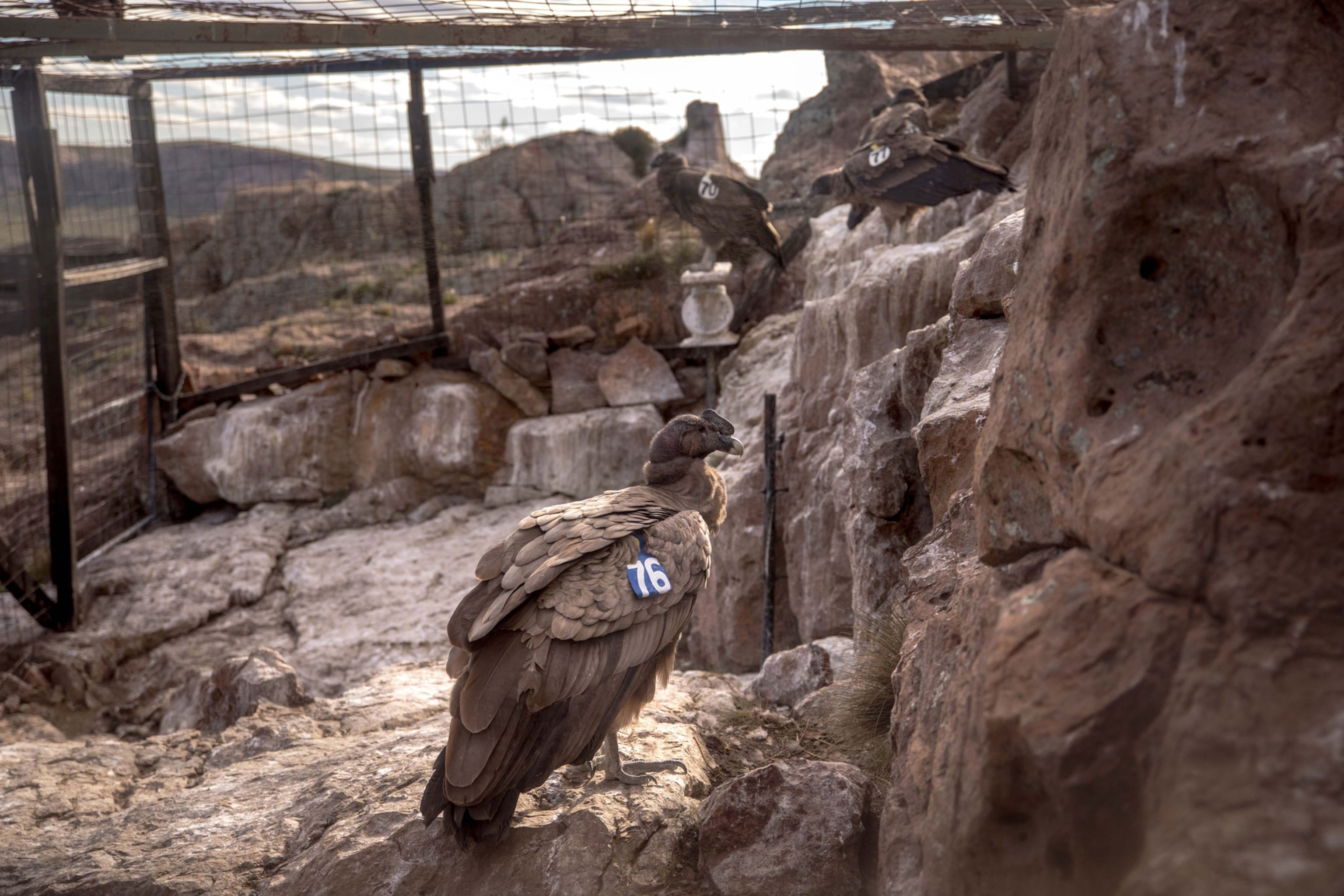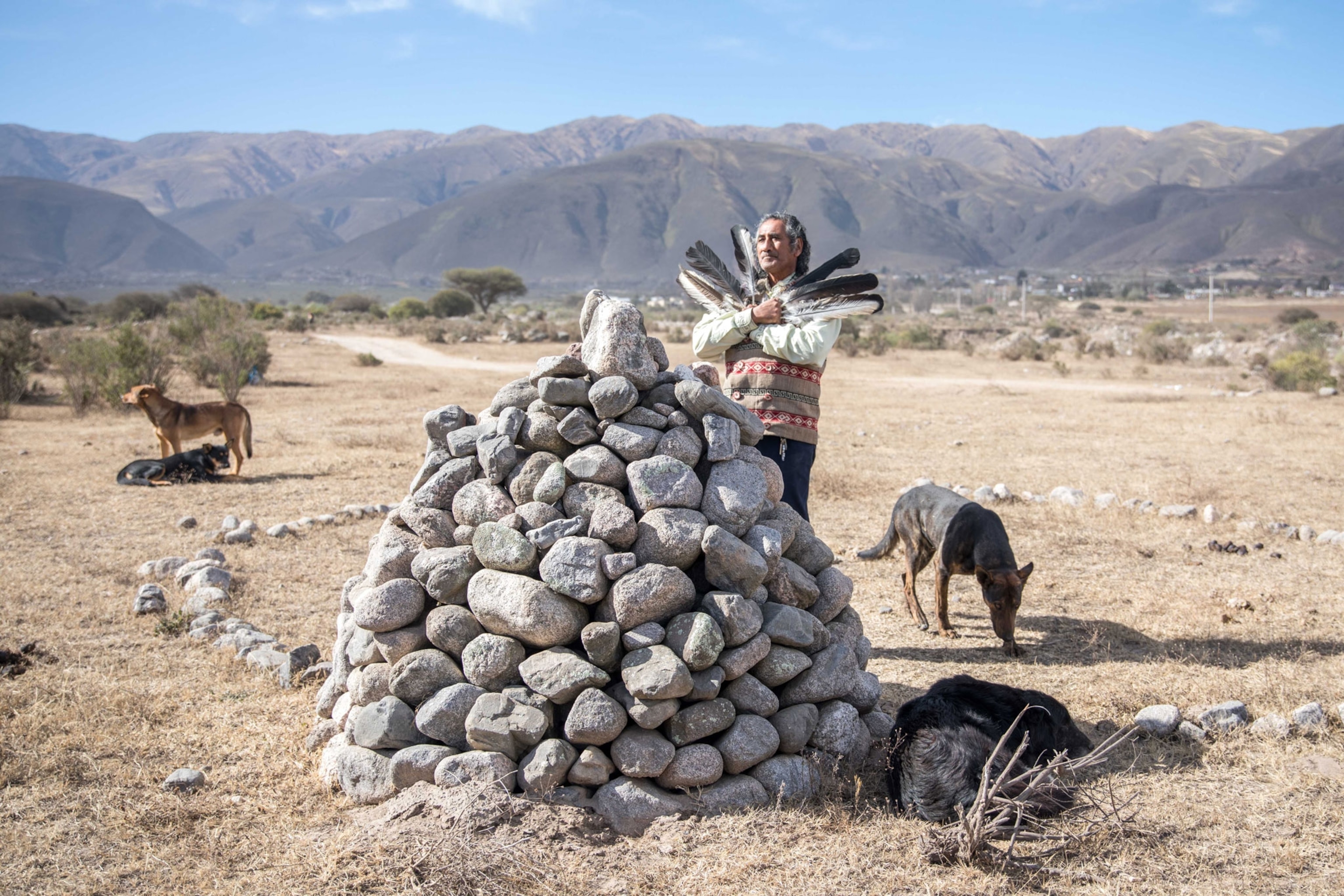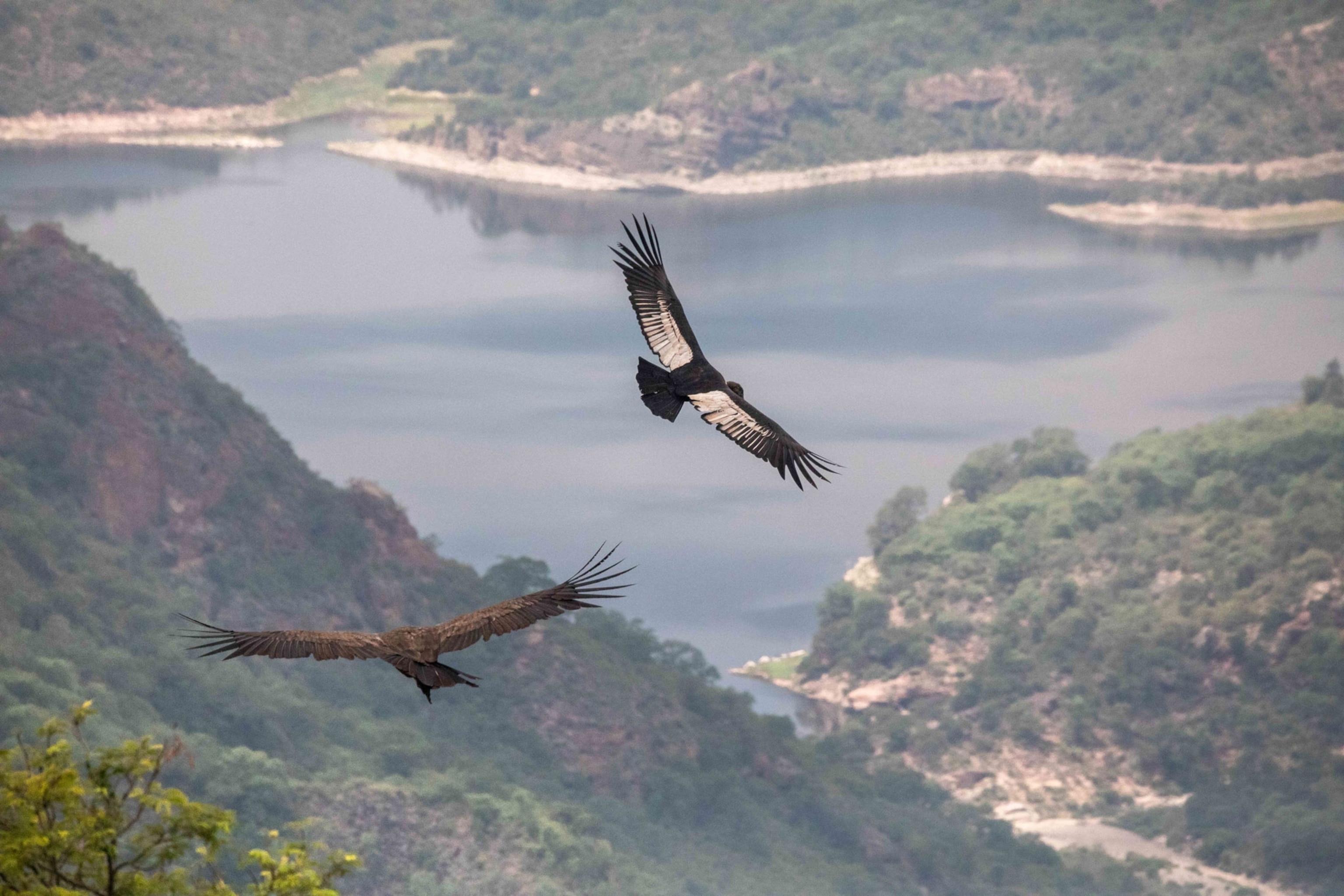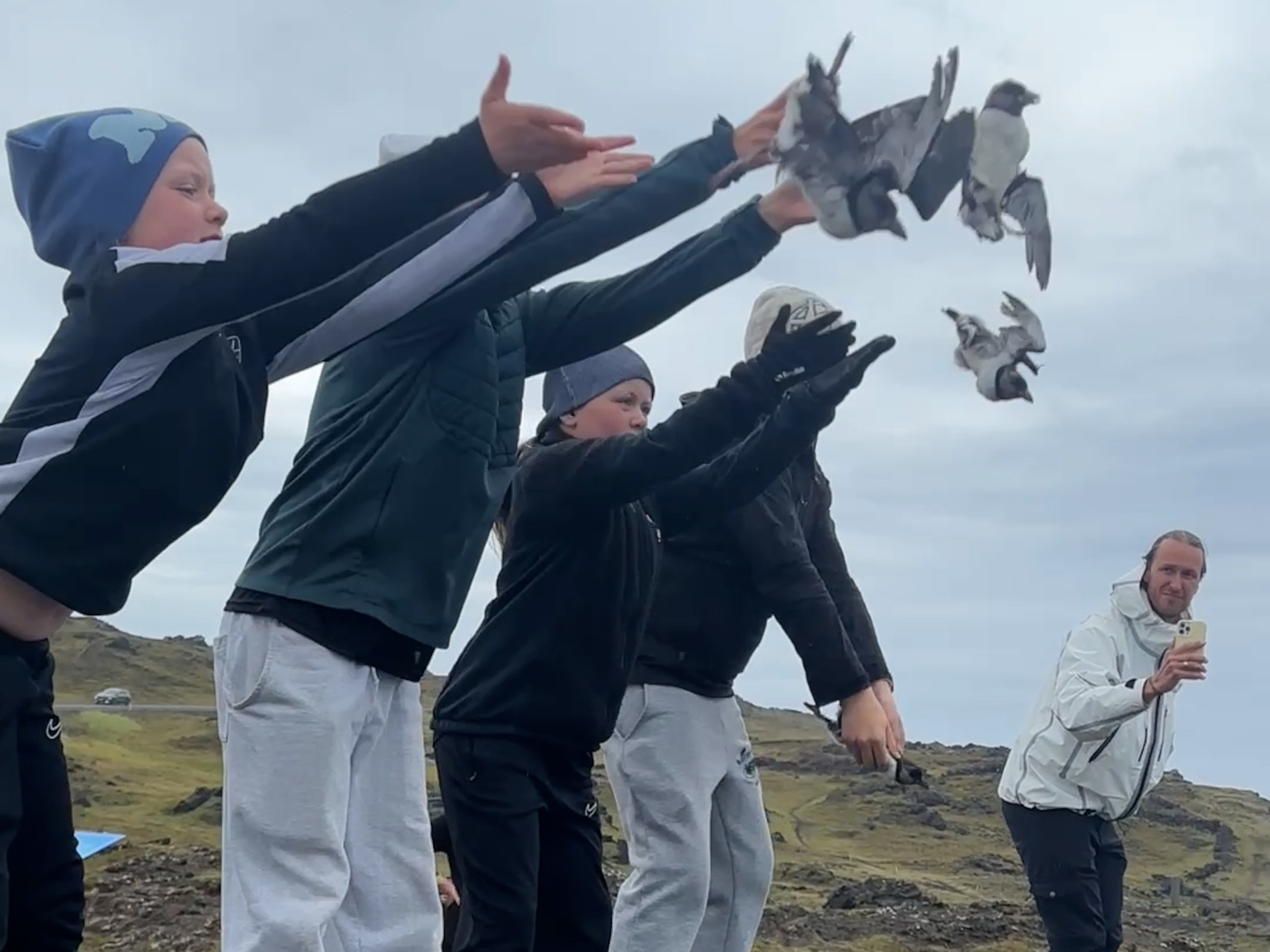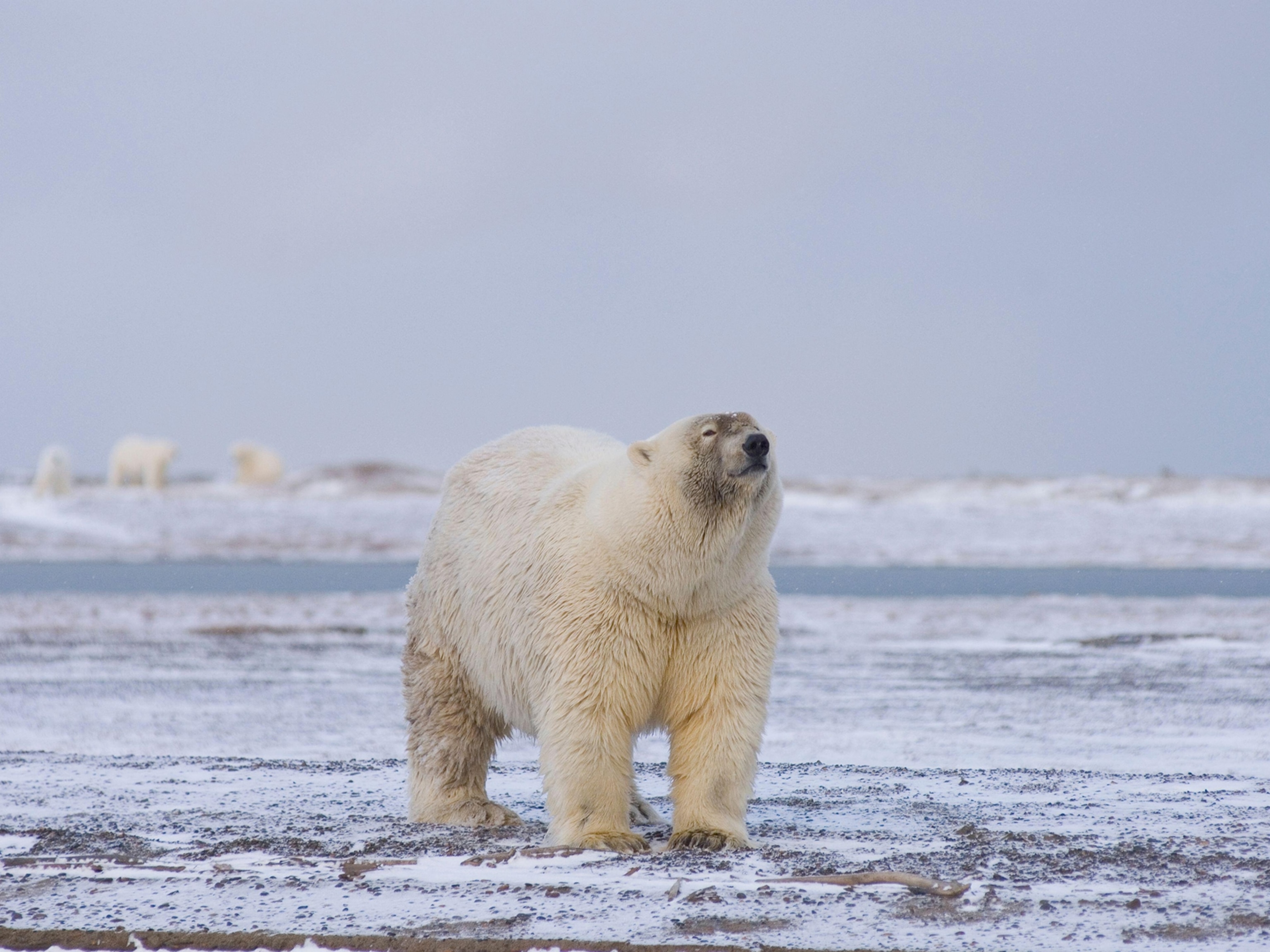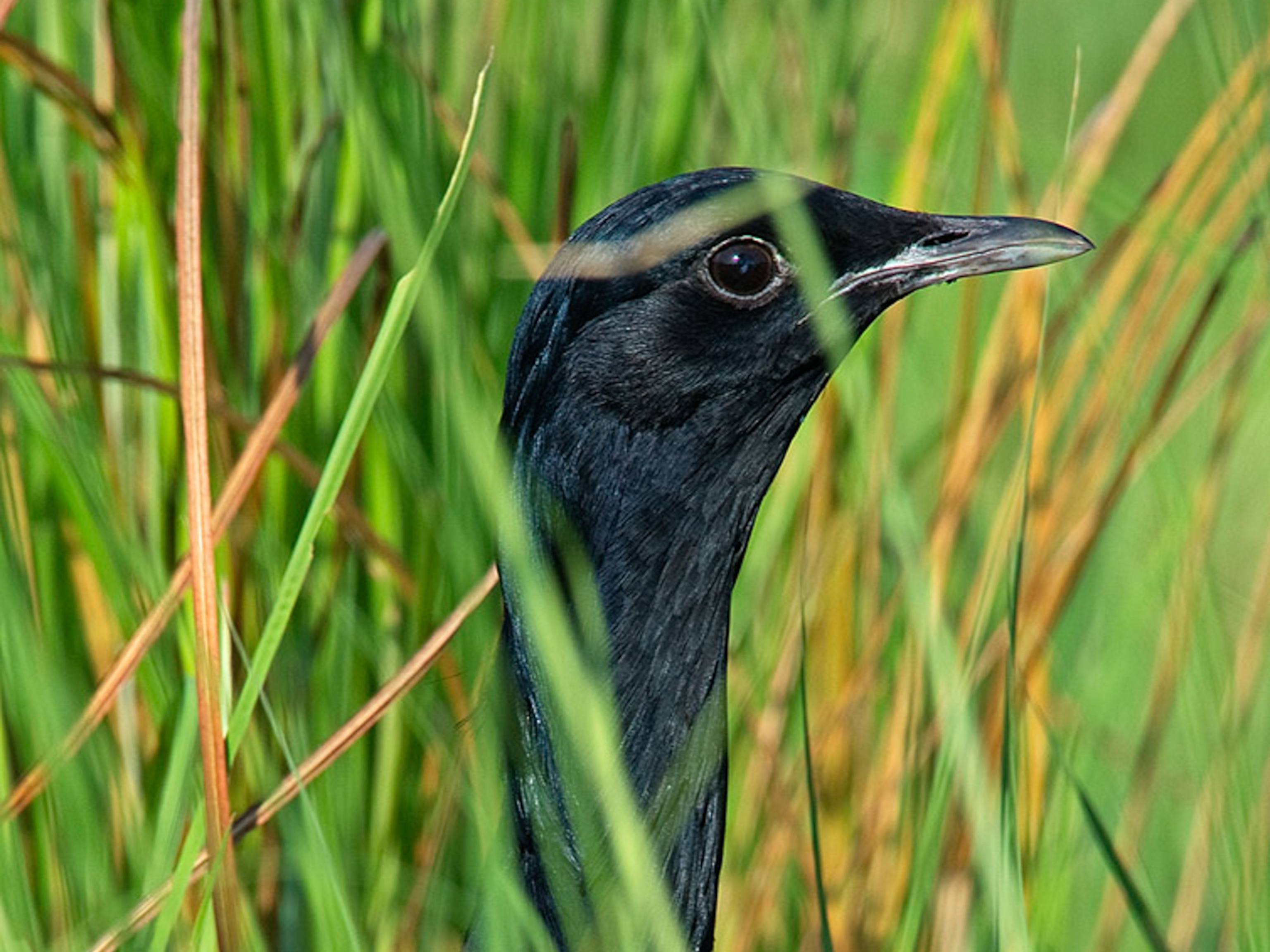
A look inside the monumental effort to save the Andean condor
The enormous vulture has declined due to poisonings and land development, but rescue efforts are helping it slowly make a comeback.
The world’s largest bird of prey is in trouble, and locals are working to save it.
The Andean condor, a massive South American cousin of the California condor, once soared along the full length and breadth of the Andes and beyond. With a wingspan of 10 feet and a life span of 50 years, the bird has long been revered among Indigenous Andean cultures as a symbol of power and immortality. It’s the national bird of at least four countries.
The illustrious vulture, however, hasn’t been able to withstand human encroachment. Wind turbines and power lines can stop condors mid-flight. Lead bullets, buried in carcasses abandoned by hunters, slowly poison the scavengers’ blood. Some agricultural communities leave out poison bait to kill predators that prey on their livestock, a practice that also kills condors indirectly. Deliberate hunting and poaching are rare, but still happens.
Classified as vulnerable to extinction by the International Union for the Conservation of Nature (IUCN), only about 6,700 adult condors remain in the wild today. But scientists, conservationists, and Indigenous communities are helping the iconic bird make a comeback.
The Andean Condor Conservation Program (PCCA) has been leading that effort in Argentina for three decades. In that time, the program has rescued at least 370 condors—more than five percent of the species’ overall population—and has hatched and released 80 condor chicks. In doing so, the group has reestablished Andean condors along the Atlantic coast of southern Patagonia.


To many, the loss of the condor—and its slow resurgence—is personal and emotional. They’re the “spirit of the Andes,” says Luis Jácome, director of the PCCA. Many Patagonian villagers, he says, recall stories their grandparents told of the enormous birds, flying over the hills.
Because of this deep-seated connection with Andean peoples, every time the PCCA releases a condor, the local community hosts a unique ceremony, led by a spiritual leader, to celebrate the bird’s return and offer prayers. To Jácome, this is an essential part of reintroducing the condor to its home. “Our work is like the two wings of the condor,” he says. “One wing is scientific knowledge, and the other is culture. The condor is a sacred bird for all our people in South America.”
Photographer and National Geographic Explorer Sofia Lopez Mañan is dedicated to recognizing this unique role the bird plays in Indigenous society and has spent the last six years working intimately with the PCCA “condor family.” More than anything, she says it felt like fate: “I started working with condors because they chose me.”
In addition to hatching, rescuing, and releasing condors, scientists with PCCA are using GPS-tracking collars to follow the birds once they return to the wild. The data allows them to identify key habitats and educate policymakers about which areas should be targeted for protection. Some of the most crucial Patagonian lands where the birds have been released back into the wild are proposed for development for energy production, using wind turbines and green hydrogen.
“Today, we are living in conflict,” Jácome says. “There must be a return to the natural order.”

